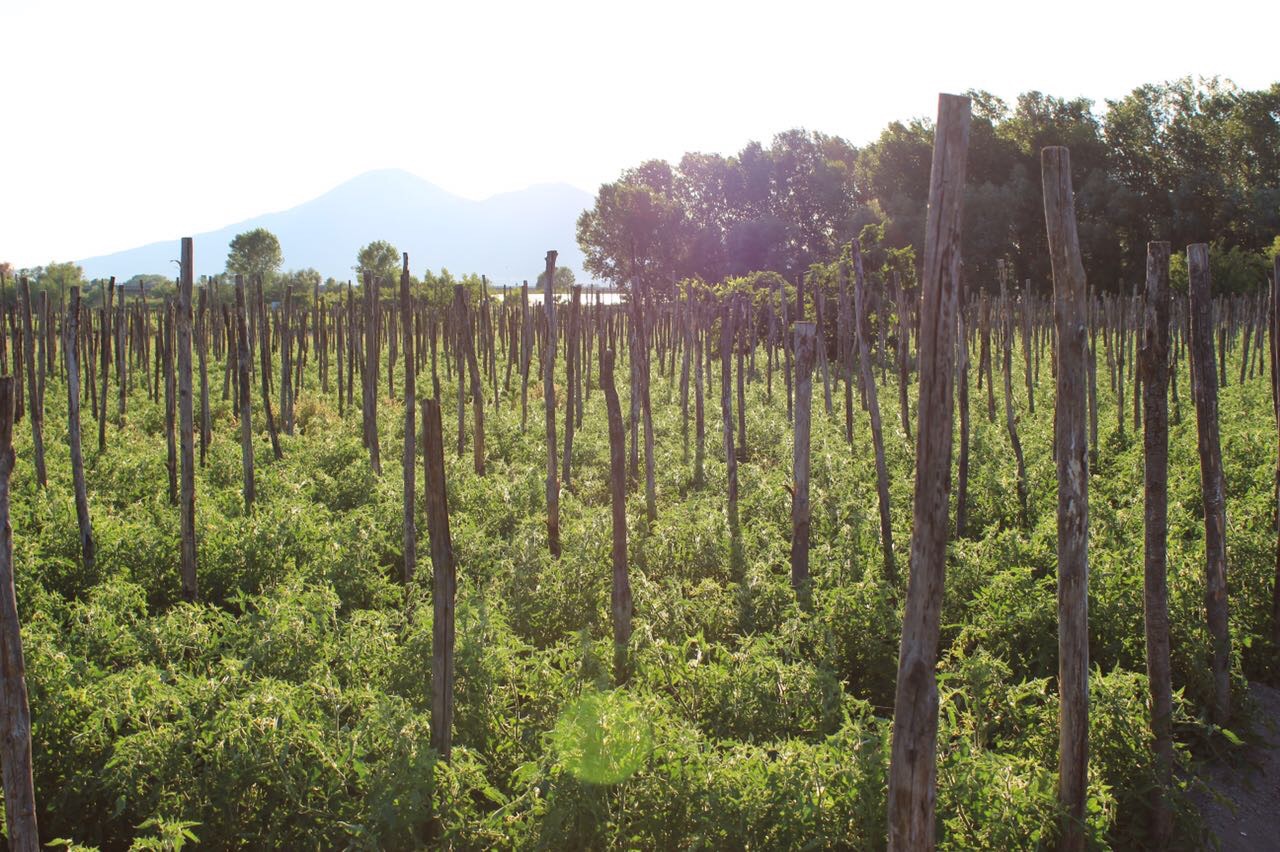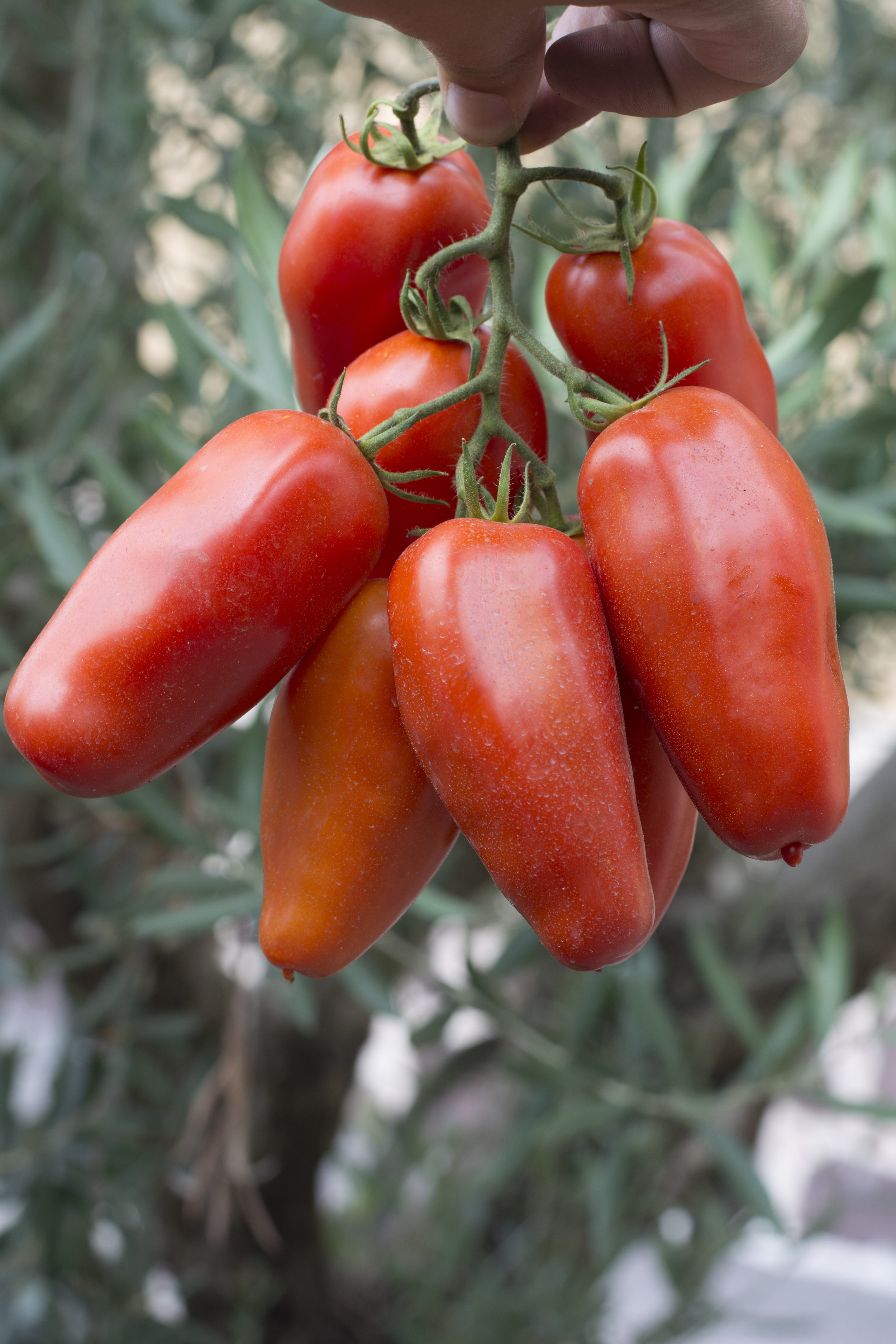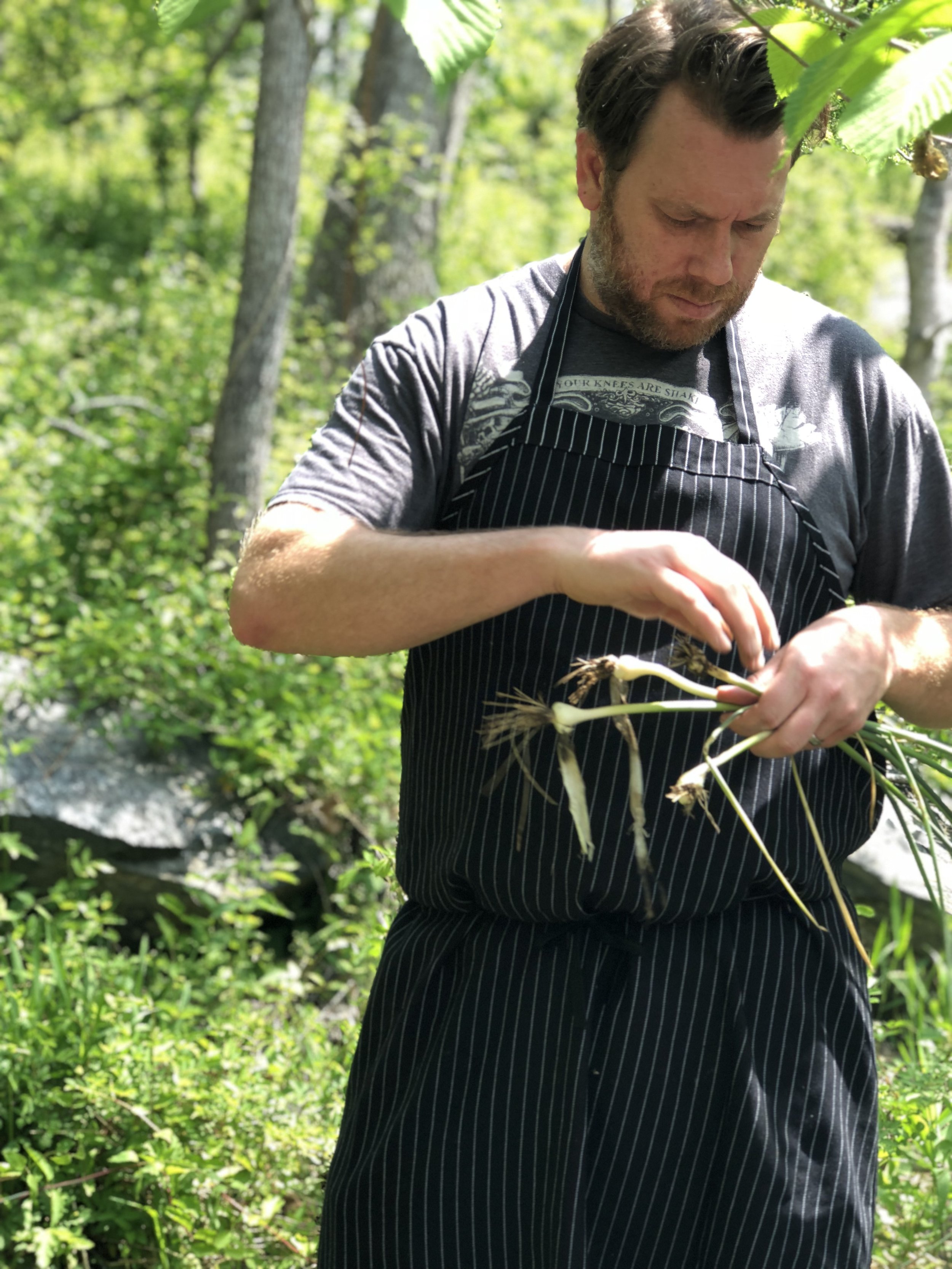Pride Roundup
/By Thomas Martin, EdibleDC Contributor
Do not fear! There is NO shortage of events in the capital to celebrate Pride 2018. The parade and the festival will be held this Saturday and Sunday respectively, but there are many options for those wishing to join in the festivities. From baseball games and Pride brunches, to special restaurant offerings and late night celebrations, there is something for everyone during PRIDE month.
June 5, Tuesday
NATIONAL’S NIGHT OUT
When: 7:05 PM
Where: National's Stadium, 500 S Capitol St SE
Age Restriction: NONE
Price: Ranges from $15-$50, depending on seat
NATS NIGHT OUT AFTER PARTY WITH ORCHID
When: 9:00 PM – 1:00 AM
Where: Orchid Bar, 520 8th St SE
Age Restriction: 21+
Price: Free admission, happy hour prices on drinks
June 6, Wednesday
PRIDE SIGN-MAKING CLASS WITH THE LEMON COLLECTIVE
When: 6:00 PM – 8:00 PM
Where: The Lemon Collective, 3015 Georgia Ave NW
Who: Calligrapher and lettering specialist Samantha Testa
Age Restriction: 21+
Price: $30
PRIDE PILS LAUNCH AT TOWN DANCEBOUTIQUE YAPPY HOUR
Bring your best friend (canine variety AND human) to snatch up a can of DC BRAU's flagship Pride Pils, featuring artwork by Alden Leonard. Leonard's design captures both the joy and the dissent that make PRIDE such a vital celebration.
When: Town Danceboutique, 5:00 PM - 7:00 PM
Where: 2009 8th St NW
Age Restriction: 21+
June 7, Thursday
DC RESTAURANTS SHOW THEIR PRIDE
When: June 7 – June 9
Where: Four popular restaurants will be celebrating with an ice cream cart (Le Diplomate), Rainbow Almond Cake (Osteria Morini), Night Out at National's Park Pride happy hour (Morini Piccolo) and rainbow cocktail specials (BRABO Brasserie).
CAPITAL PRIDE HEROES GALA
Annual Pride keynote awards gala presentation.
When: 7:00 PM - 10:00 PM
Where: 880 P St NW
Who: Honorees include Gregory Cendana, Jesse Garcia, Patrick Grady, Jorge Hernandez, Samantha Master
Age Restriction: 21+
Price: $75
June 8, Friday
EARTH, WIND, GLITTER & FIRE PRIDE OPENING PARTY
When: 9:00 PM – 3:30 AM
Where: Echo Stage, 2135 Queens Chapel Rd NE
Who: DJ Alex Lo, Naomi Smalls, Allie X, DJ Kitty Glitter, Marquis Clanton and more
Age Restriction: 21+
Price: $30 for general admission
June 9, Saturday
PRIDE AND SHINE BRUNCH WITH URBANA
When: 10:30 AM – 6:00 PM
Where: Urbana, 2121 P Street NW
Who: Mike Hot-Pence and DJ Trayze
Age Restriction: 21+
Price: FREE, with Open Bar package available for $50
ALL-DAY, ALL-NIGHT TICO TOWN PARTY
When: 2:30 PM – 2:00 AM
Where: Tico, 1926 14th St NW
Who: DJ Jeff Carr, DJ Bruno Bartolo
Age Restriction: 21+
Price: Cocktails are $10, small plates range from $5-$7; No cover charge
WASHINGTON BLADE PRIDE PARADE VIEWING PARTY
When: 4:00 PM – 7:00 PM
Where: 1501 14th St NW
Who: DC Mayor Muriel Bowser, DC Attorney General Karl Racine
Age Restriction: 21+
Price: $25
June 10, Sunday
CAPITAL PRIDE FESTIVAL
When: 12:00 PM – 10:00 PM
Where: Pennsylvania Ave NW, 3rd & 7th Streets
Who: Alessia Cara, Troye Sivan, MAX, Asia O’Hara, Keri Hilson, and Kim Petras
Age Restriction: NONE
Price: FREE, with pit and VIP passes for concerts available
PRIDE HANGOVER POOL PARTY WITH DNV ROOFTOP
When: 12:00 PM – 5:00 PM
Where: Donovan Hotel Rooftop, 1155 14th St NW
Who: DJ Hamsey
Age Restriction: 21+
Price: $10 charged at the door, but FREE for those wearing wristbands from Urbana’s Pride and Shine Brunch
NOT THE WHITE HOUSE PRIDE PARTY
When: 12:00 PM - 4:00 PM
Where: Republic Restoratives, 1369 New York Ave NE
Who: DJ Tezrah
Age Restriction: 21+
Price: $20
Thomas Martin is a sophomore at Yale University studying English. He is a staff writer for Yale's The Politic and writes about food, politics, and culture.



































